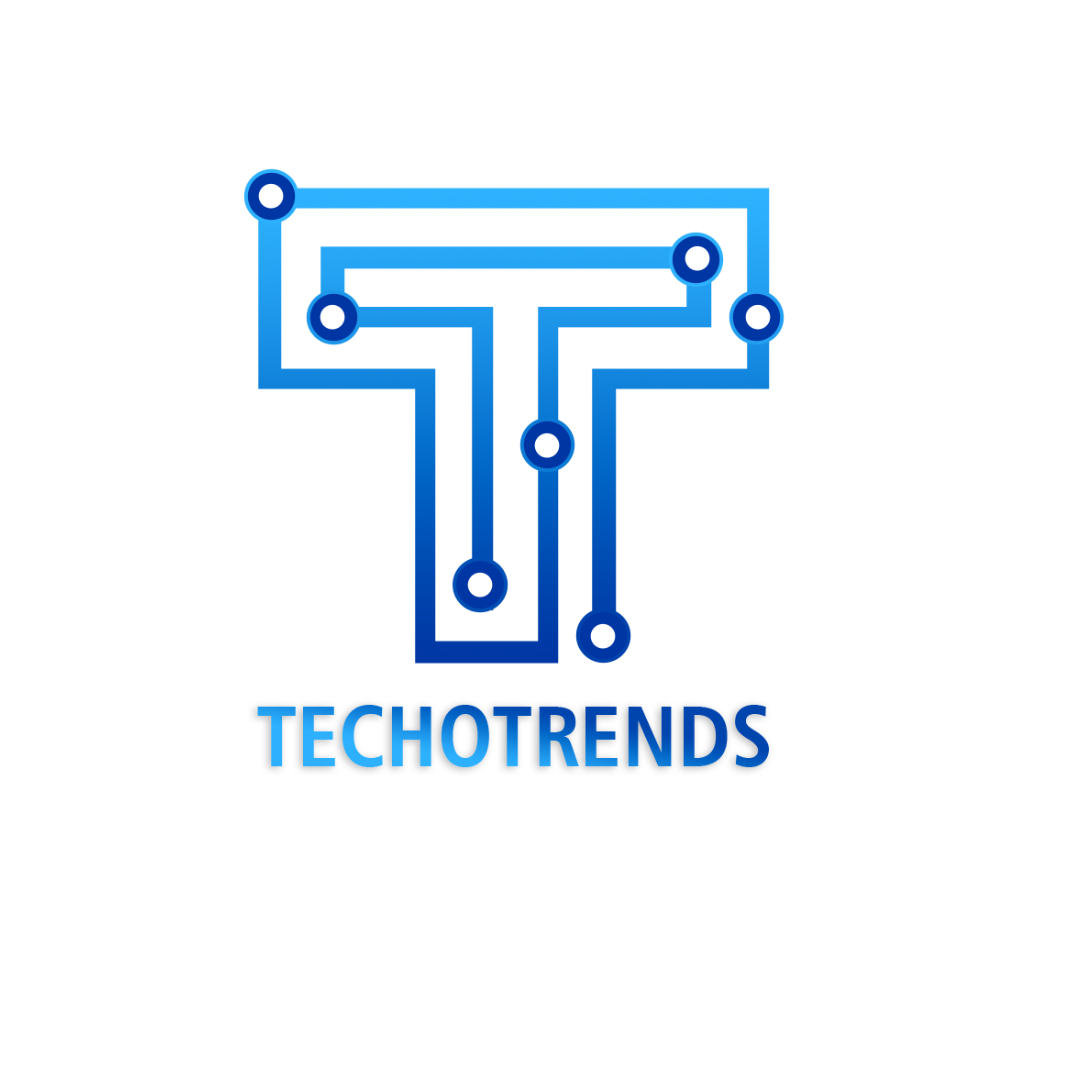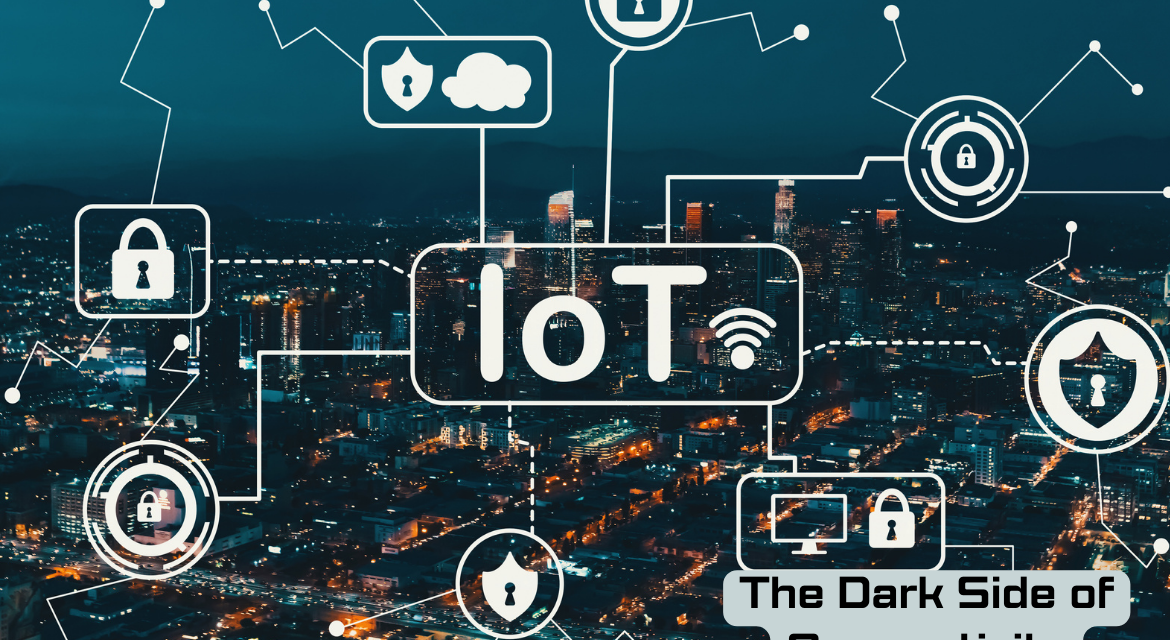The Internet of Things is a new phenomenon in the ever-changing technology field that will revolutionize the world by providing unimaginable ease in connecting and coordinating various systems. However, the challenges posed by the digital revolution lie beneath the surface and must be addressed. As we delve into the negative aspects of IoT, challenges such as invasion of privacy, security loopholes, environmental impact, energy wastage, and interoperability issues are inevitable.
1. Invasion of Privacy: Revealing the Data Dilemma
While enjoying this convenience, the IoT continuously collects personal data. These devices provide a wealth of information, ranging from smart thermostats that monitor our day-to-day activities to fitness trackers that record our health statistics. Still, this ethical issue arises when people discover things about their data that they are unaware of or have no control over. However, the fine line between personalized services and invasive surveillance gets more and more diffuse.
2. Security Exposures: Unmasking the Cyber Threats
Cyber risks associated with interconnectivity in Internet of Things space. Hackers always look for weak security measures in IoT devices that can be exploited to exploit the network. However, once exploited, they could be used for intruding into homes, workplaces, or private records. Without having strong cyberspace measures, it is impossible to ensure one’s information security.
3. Environmental Impact: Unearthing the E-Waste Challenge
It is the ever-increasing rate of technological advancement that ensures a relentless loop of device upgrading. The more advanced IoT devices are being adopted, the older ones find their way into the expanding e-waste stream. These devices should be disposed of correctly, as incorrect disposal can lead to environmental problems caused by toxic materials entering ecosystems. One of the most vital elements in curbing the environmental effects of our virtual world is responsible electronic waste management.
4. Energy Consumption: Illuminating the Hidden Costs
The use of IoT devices is meant to promote energy efficiency at home and in business, but the overall energy footprint of the IoT ecosystem is huge. It takes a lot of energy to make, operate and dispose of these devices. With the growing IoT landscape, the cumulative energy use and associated carbon emissions also become significant. The sustainable digital future will entail balancing the potential costs and benefits of IoT.
5. Interoperability Challenges:
Devices connected to the Internet of Things often lack standardised protocols, posing a challenge to interoperability. As a result, users may experience frustration when trying to communicate between devices from different manufacturers. However, the inability to harmonise systems and devices efficiently undermines the smooth operation of IoT ecologies and leads to premature substitution of devices and increased e-waste. Therefore, one key solution to the web of compatibility issues is to standardise protocols.
It is apparent that responsible and sustainable approaches are inevitable in countering the complex web of negative impacts in the IoT landscape. However, collective efforts need to strengthen cybersecurity, advocate proper e-waste management procedures, and ensure interoperability standards.
In the shadows where the glimmer of IoT has cast its eyes, we all need to overcome these challenges to have a future where connectivity improves life but not privacy, security, or sustainability. We must guard the path of moving into a cleaner and brighter digital world, ensuring we walk down it responsibly.





